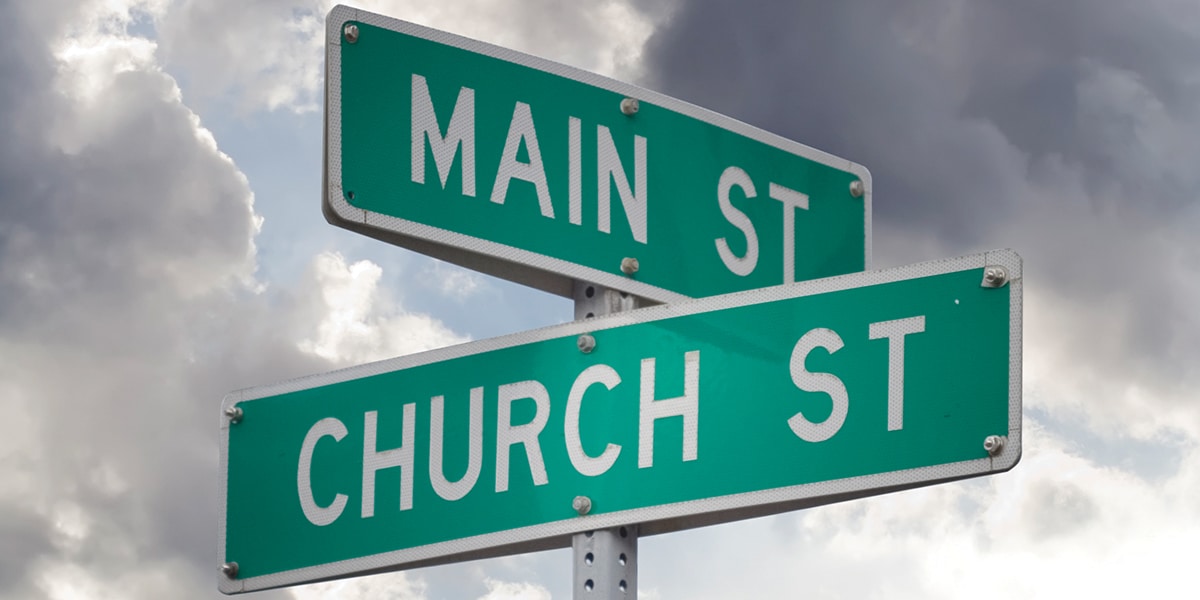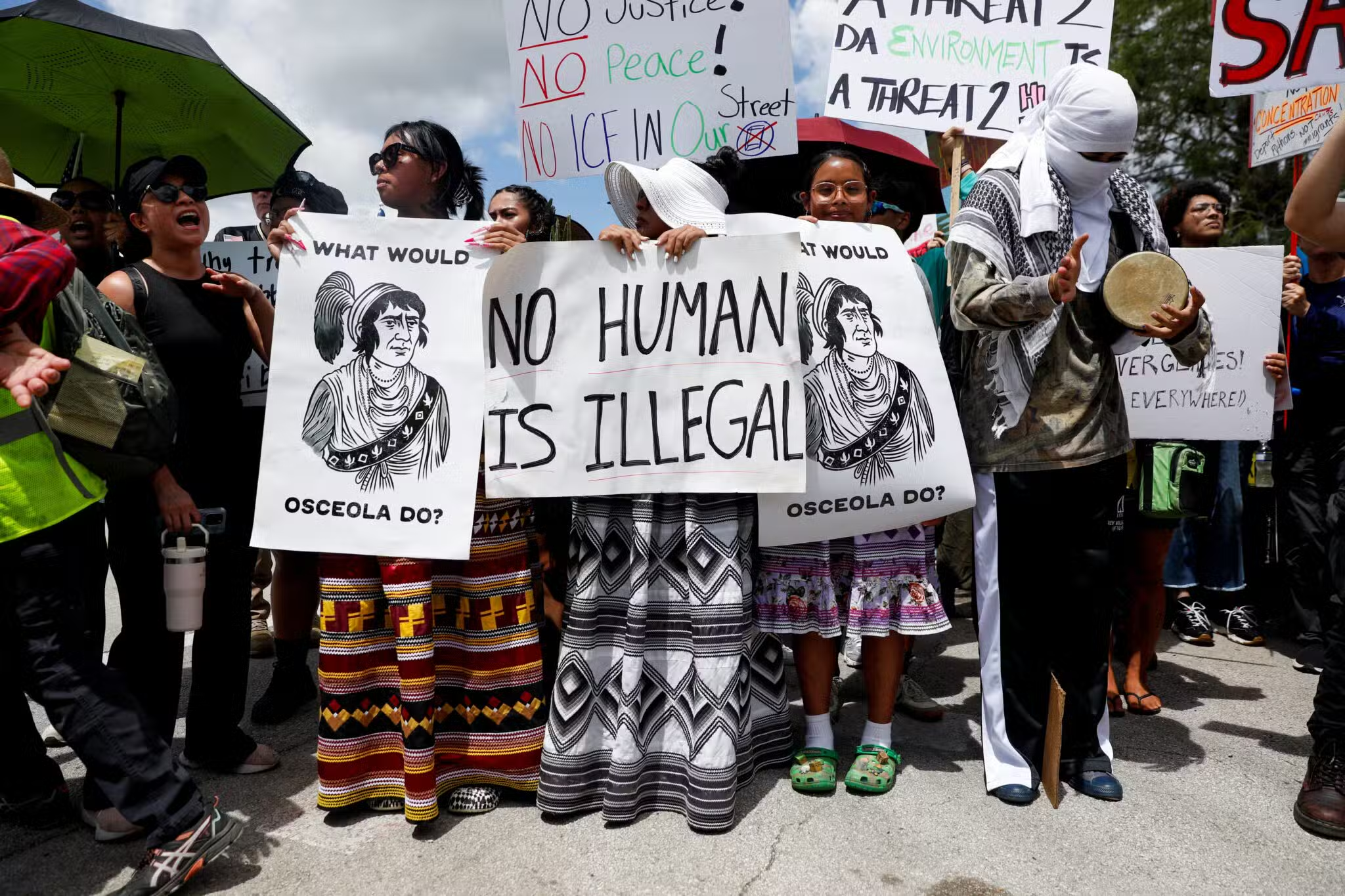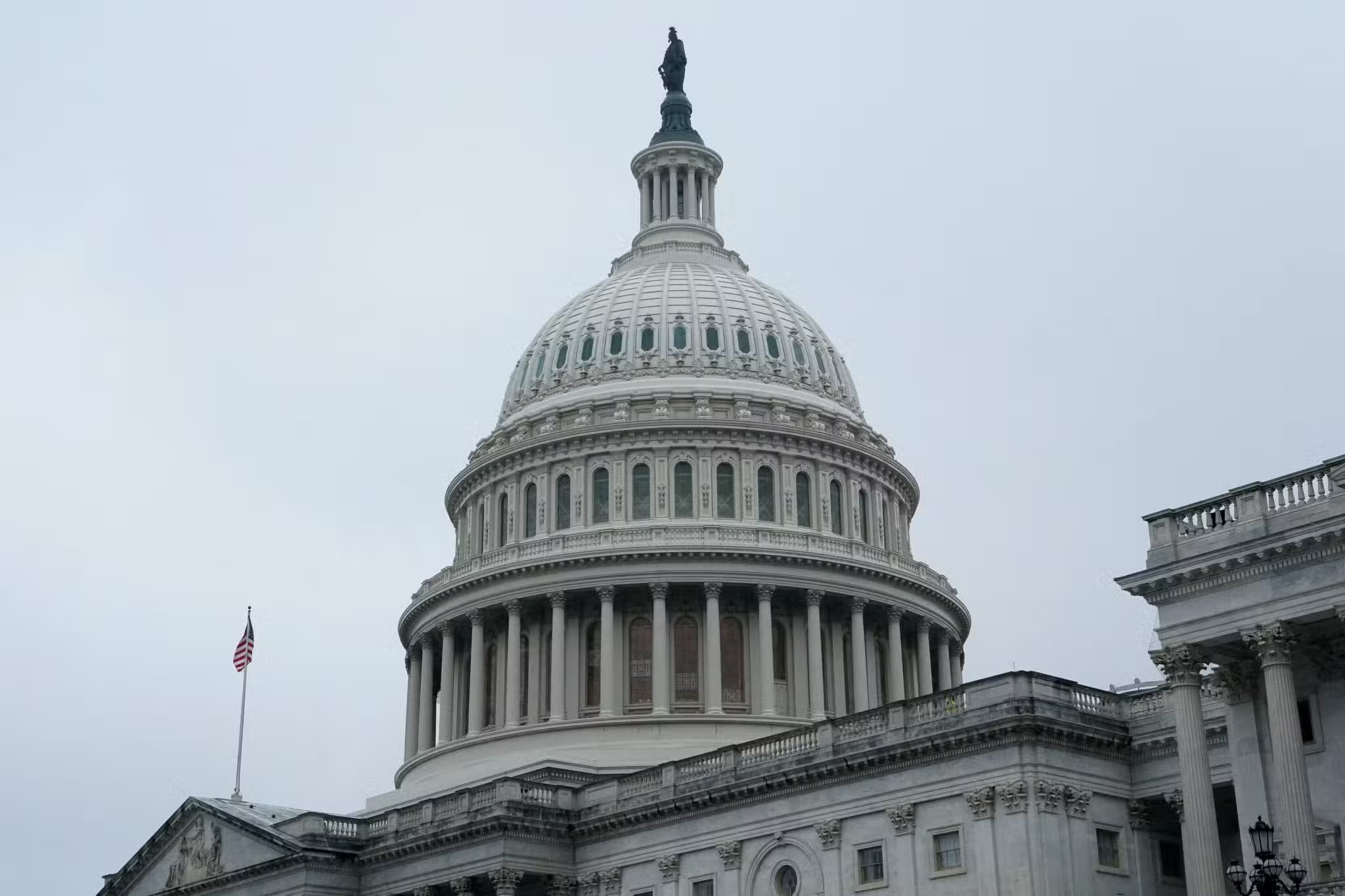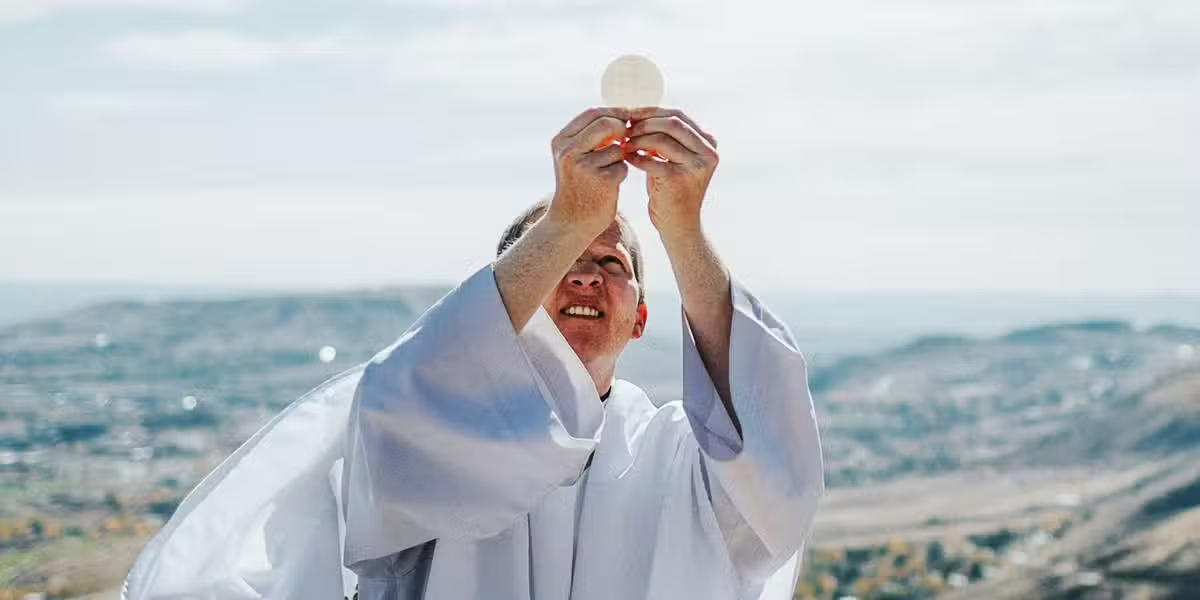The Catholic Project believes clergy and laity can work together to heal a US Church humiliated by the sex abuse scandals.
There is a crisis and a breach of trust in the Catholic Church because of the clergy sexual abuse scandal. The Catholic University of America and its Catholic Project are working to confront this through a collaboration between the clergy and laity.
“To restore that trust, the Church needs the help of the lay faithful,” retired Catholic University President John Garvey said in a video for the Project. He pointed out that Catholic University “is where laity and clergy come together in a spirit of mutual respect and charity to address the most challenging issues of our times.”
It was a natural fit for the university to facilitate that collaboration.
A Summer of Scandal
During the summer of 2018, the Church was rocked by scandals involving clergy sex abuse and cover-ups—including the news about then-Cardinal Theodore McCarrick’s misconduct and the Pennsylvania Attorney General Grand Jury Report.
The seed for the Catholic Project was planted that fall with a “Healing of the Breach of Trust” event at the university. The first in a four-part series, it focused on the role of media in investigating and reporting on the clergy sex abuse crisis. The panel included journalists from Catholic and secular media.
Given that Catholic University was founded by the US Catholic bishops and is a national Catholic institution, it made sense for the university to respond to the crisis, says Stephen P. White, executive director.
“President John Garvey thought that being in Washington, DC, and given the fact that Catholic University is the bishops’ university—and . . . the way that the credibility of the bishops had been so damaged—that the bishops would normally be the ones to lead the Church out of a moment like that,” White said.
White joined the Project in February 2019 as it took root, the name was announced, and it went public.
“At first, it was a bit like building an airplane midflight because we had so many ideas, there [was] so much urgency, [and] the news stories were breaking so fast. There was a pretty steep learning curve,” he says.
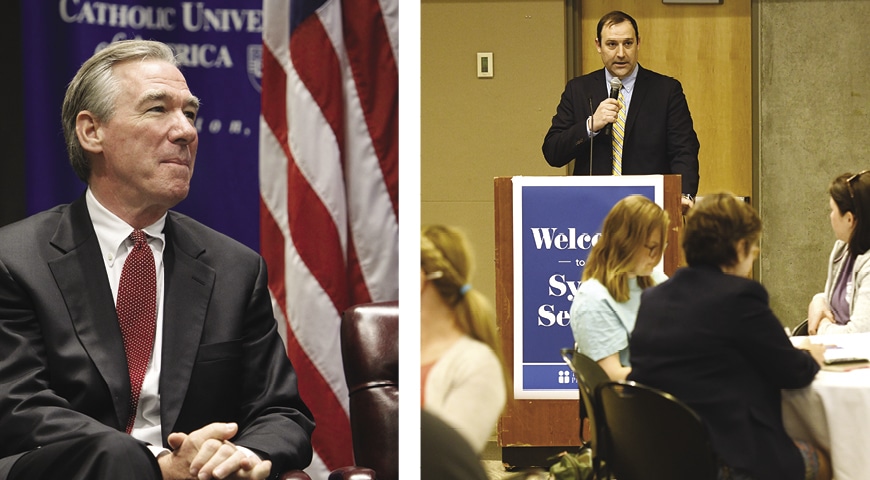
(Left) John H. Garvey lent his support to the Catholic Project during his tenure as president of the Catholic University of America. He retired in June 2022 after 10 years at the helm. (Right) Stephen P. White, executive director of the Catholic Project, says collaboration between laity and clergy can help heal the Church.
Several academic conferences that spring focused on the root causes of the crisis, the role of the laity in responding to it, and principles for effective lay action. A May 2019 event brought together bishops, their staff, abuse survivors, the university, the community, and others from the Church for a day of conversation and dialogue.
“We refined our strategic vision, in a sense, from the beginning. We always wanted to be a project that was collaborative—this can’t be laity against the clergy, and it can’t be simply deferred to the clergy. The situation in the Church required that everybody do their part to try and help the Church in this moment,” White recalls.
The university made a conscious decision that, even though the bishops were under scrutiny and criticism, “any job worth doing to help the Church in this moment would require the acknowledgment that we need our bishops,” he says.
“And even if there’s an amount of blame for the situation in the Church, they are our shepherds, we need them, and we need to help them to be more effective shepherds,” he says. “That’s part of the mission of the laity.”
Catholic University is committed to supporting the bishops through educational initiatives, research, and events and media, White says.
Protecting Children
The Project’s most prominent education effort is a certificate in child protection and safe environments offered through the university’s National Catholic School of Social Service.
“The idea is to train mostly working professionals, to give them the tools they need to be able to understand how to build safe environments for children,” White says. Graduates will be well qualified to serve as diocesan victim assistance coordinators.
An online version to make the training available as widely as possible is being finalized. The program will be helpful to Catholics, “but also to Baptists and Boy Scouts and everyone else,” he says.
“We’ve been at this for a depressingly long time now, and it’s not like we haven’t made any progress,” he says. “The Church has learned some very important lessons about how to do a better job of listening to and taking care of survivors and victims of abuse.”
White says they want to help people learn from the mistakes the Church has made “and the things the Church really has gotten right.”
A Clear-Eyed Look at the Crisis
As a research institution, Catholic University is well positioned to take a closer look at the roots and ramifications of the crisis. Still in the early stages, one such look is at the state of the episcopate in the United States and how the abuse crisis and the Church’s response have affected trust levels between priests and bishops.
“There’s a reason we have all kinds of protocols in the Church for what happens when an allegation comes in. But at the same time, if it has altered the relationship between priests and bishops to be less a father-son relationship or a fraternal relationship and turn it more into a human resources kind of relationship, that’s not necessarily a good thing,” White says.
Why does a healthy culture of trust flourish in some places and not others, and what can be done to bring that about? “We want to take the unique faculties and mix of experts that we have here at the university and make them available not just to the academic community, but also to the wider community, Catholic and non-Catholic,” he says.
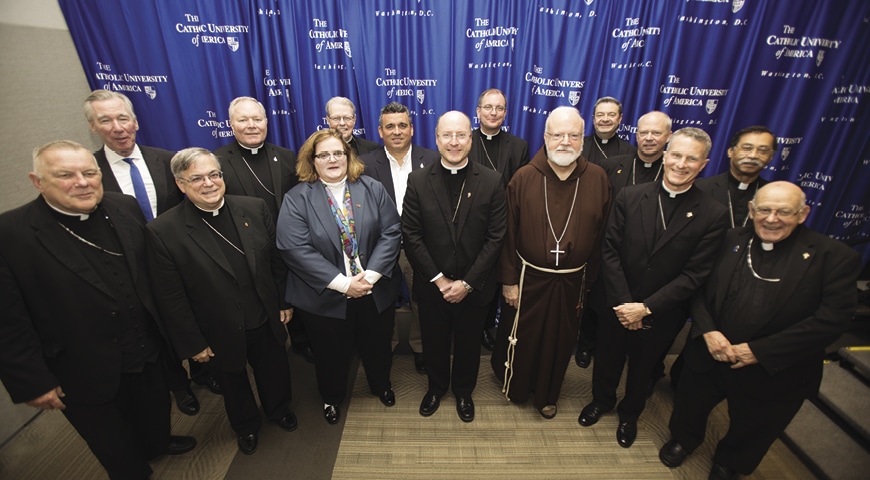
Abuse survivors Teresa Pitt Green and Luis Torres Jr. (center) pose with John Garvey, former president of the Catholic University (back left), and several bishops at a May 2019 dialogue arranged by the Catholic Project.
During the global coronavirus pandemic, the Project offered online events and a podcast called Crisis: Clergy Abuse in the Catholic Church (CatholicProject.Catholic.edu/Podcast). The documentary-style podcast, released in fall 2020 and downloaded more than 200,000 times, was hosted by Karna Lozoya, vice president for university communications. The Atlantic named it one of the top 50 podcasts of 2020, calling it “a compelling listen despite the grim material.”
“It’s been [one] of the most publicly facing things that we’ve done,” White says. “The approach was just right, meaning not looking away from the sins and crimes of the Church and the clergy, but also not just simply dwelling on that. So, striking the right balance between taking a clear look at what has been done, but also taking a sincere and honest look at what can be done from here on out.”
A monthly newsletter highlights the stories of victim assistance coordinators—the diocesan position established in the 2002 Charter for the Protection of Children and Young People that responds to claims by victim-survivors.
White says the victim assistance coordinators are on the front lines “helping people who are terribly vulnerable who are reaching out to the Church. It’s a remarkable thing when someone who’s been harmed that way comes to the Church to ask for assistance.” When people ask what the Catholic Church is doing about the abuse crisis—a legitimate question, he says—the diocesan ministries established to respond not only to claims, but also to the people who have been hurt, are “not often highlighted.”
Fostering Dialogue
In the fall of 2019, White wanted to look at how priests were doing after the release of the Pennsylvania Grand Jury Report and the McCarrick revelations. “Shepherds to a Wounded Flock: How Our Priests See the Crisis” brought in four priests to talk about the abuse crisis, how it affects their ministry, and the future of the Church in the United States.
White says because there was so much focus on bishops—and what they did or didn’t do—and the anger and outrage among the laity, “good priests suffered this blow twice. They were outraged and disgusted as Catholics, but they also bore a lot of the shame of what their brother priests had done . . . even if they weren’t personally responsible.”
In May 2019, the Project arranged a dialogue between bishops and abuse survivors. “It was a really remarkable thing,” says White. “These are abuse survivors who have decided that they have something that they can offer to the Church to help the Church. This wasn’t antagonistic in any way.
“People who have suffered so horribly at the hands of clergy would come to the Church and say: ‘We love the Church. There are things that we know—that we’ve learned the very hard way—that we can teach you so that you do a better job than your predecessors did.'”
The Project collaborated with Spirit Fire (SpiritFireLive.org), a survivors ministry, to get everyone in the same room. That convening role, where the university provides a forum for people to come together and learn, is a big part of its work, White says.
He dialogues with survivors, those “who have suffered the most from this crisis,” and marvels at the amount of hope that comes from their stories. “To hear survivors say, ‘I haven’t lost hope; you shouldn’t either,’ can be a real powerful message.”
Facing the Future
In addition to the abuse crisis, the Project focuses on related issues, including the financial fallout.
The Project organized a closed gathering for bishops and their staff going through or considering bankruptcies. “This is a pastoral challenge that we wanted to help bishops to tackle,” White says.
They teamed with Marie T. Riley, a bankruptcy lawyer at Penn State, who researched publicly available legal documents related to bankruptcies in dioceses, religious orders, and states. She allowed the Project to publish her research.
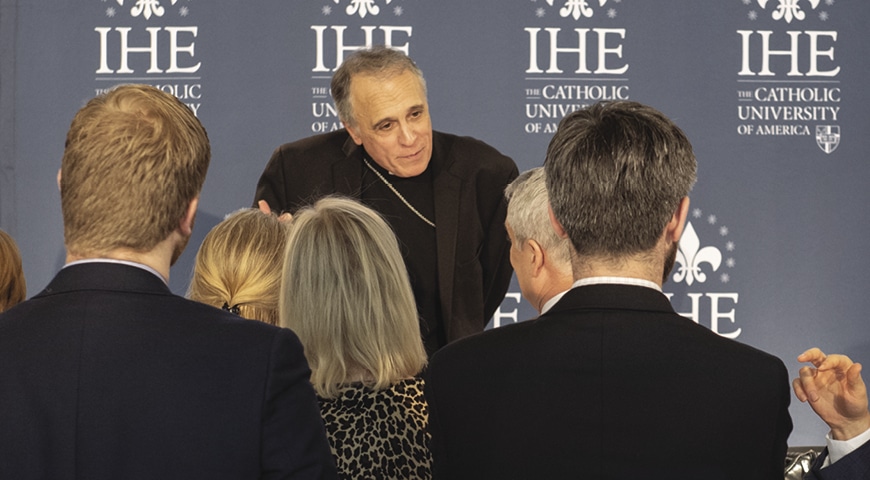
Cardinal Daniel N. DiNardo of Galveston-Houston, president of the US Conference of Catholic Bishops when this photo was taken, answers questions during a conference on “Healing the Breach of Trust” at the Catholic University of America in 2018.
Brian Winger, an attorney who helped the Archdiocese of St. Paul and Minneapolis when it filed for Chapter 11 protection in January 2015, joined in as well as Archbishop Bernard Hebda, who “dealt with the cleanup and the conclusion of that process,” White says.
The meeting provided not only practical advice on decision-making, who needs to be consulted, the legal and financial aspects, but also pastoral advice. “Bishops want to know how this is going to affect their flock, their ministries, and the relationship between the bishop and the priests and the laity,” says White.
A Moment of Grace
It’s been 20 years since the charter and the accompanying norms were implemented.
White believes the charter “has largely worked, in the sense that Catholic institutions are among the safest places for children these days. I think the incidence of abuse has really fallen off. There are as strong protection and reporting protocols in the Catholic Church as there are anywhere.
“What hasn’t happened yet is a restoration of confidence in the Church as an institution. I don’t mean that in a theological sense and certainly not in the political sense. But the mission of the Church is to evangelize and bring people close to Christ. If the Church can say, ‘Look, we’re not going to harm your children,’ that’s great. That’s the starting point. But that itself isn’t enough to get people to fall in love with Jesus,” White says.
“What the Church has to still do—and this isn’t something that the charter ever could really fix—is find a way to regain confidence, to go out and evangelize. And perhaps the best thing now is to see how evangelization from a posture of weakness and vulnerability can be efficacious,” he says.
Safe environment practices and other measures from the Vatican—including “Vos estis lux mundi” (“You are the light of the world”), Pope Francis’ May 2019 motu proprio that holds bishops and religious superiors accountable—”just [gets] us back to the starting point, which is how does the Church save souls, and how do we do that with this stain on the Church?” White says.
“That is going to be a challenge for a long time and something the Church has to face as a reality, but not also be daunted by it, not despair.
“If we let our own fallen, fallible, sinful souls get out of the way, and let the real truth of the Church shine through, that’s how the Gospel spreads,” he says. “If we take Providence seriously, the humiliation of the Catholic Church in this country can be—not necessarily will be—but can be a moment of grace.”


